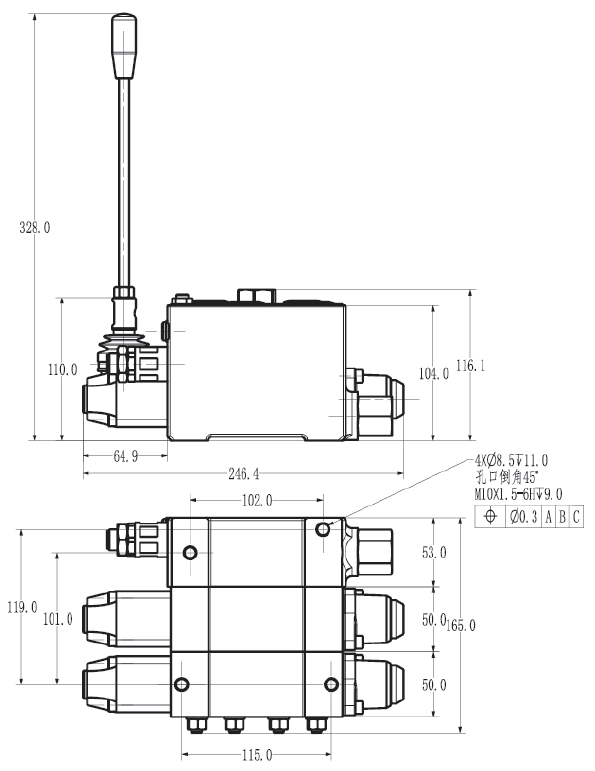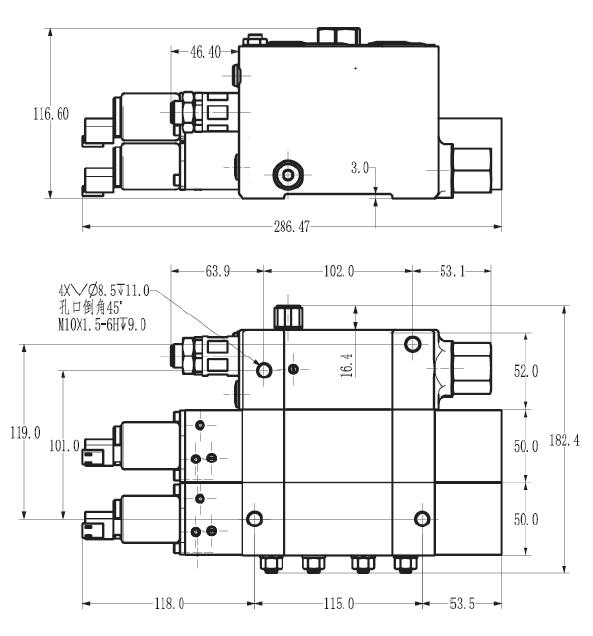In the field of engineering, proportional valves play a vital role in controlling the flow rate of fluids. A proportional valve is a control valve that regulates the speed at which fluid flows through a pipe by adjusting the opening of the valve. The valve can operate in two ways, linear and non-linear.
Linear proportional valves are designed to provide a linear relationship between the input signal and the valve position. This means that the position of the valve changes proportionally to the control signal. Linear valves are widely used in applications such as injection molding, hydraulics, and robotics.
Nonlinear proportional valves operate differently than linear valves. These valves provide a more flexible way to control fluid flow, depending on the strength of the input signal. They are typically used in high performance applications that require precise control of flow or pressure, such as aircraft hydraulics. Non-linear valves are known to adjust the opening rate according to signal strength.
Both types of proportional valves are similar in that they are both part of a control system. Linear valves are used in conjunction with command signals to create a linear relationship between input and output signals. Nonlinear valves are often used in more complex systems and are used in a wide variety of industries.
Proportional valves are used in a wide range of industrial applications from food and beverage processing to manufacturing. In the food industry, proportional valves are used to control the flow of various fluids and gases, such as water, steam and compressed air. They are also used for automatic precise dosing, making them highly valuable in food production.
In manufacturing, proportional valves can help facilitate the smooth operation of various machines. These valves are commonly used in hydraulic applications, such as presses and injection molding machines, where they help control movement speed and pressure levels.
Many industries around the world are constantly looking for ways to enhance systems and reduce operating costs. Therefore, new technologies are constantly being introduced to improve the efficiency of these systems. Proportional valves have undergone significant development over the years and today various types of valves have been developed to meet the specific requirements of different industries.
In conclusion, proportional valves are an integral part of many industrial systems. They enable precise and flexible control of the flow of fluids and gases and have thus proven to be essential tools in a wide variety of applications. The key point to understand is that there are two types of proportional valves, linear and non-linear. The choice of which valve to use depends on the specific requirements of the system and its application. By using the right valves, industries can ensure the smooth operation of their systems and maximize efficiency while minimizing operating costs.
Post time: May-30-2023






